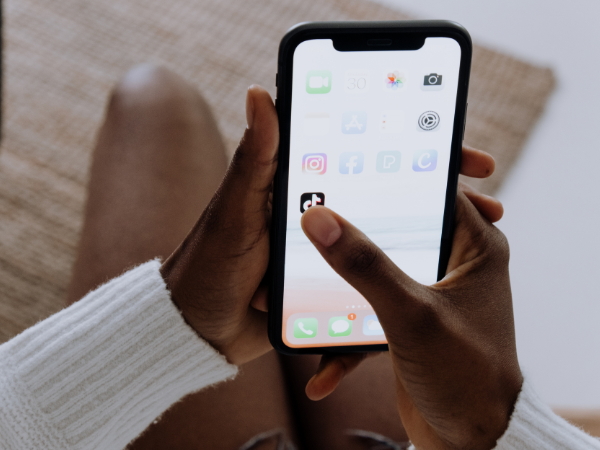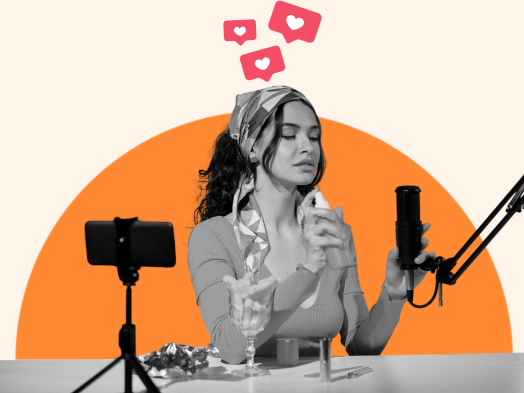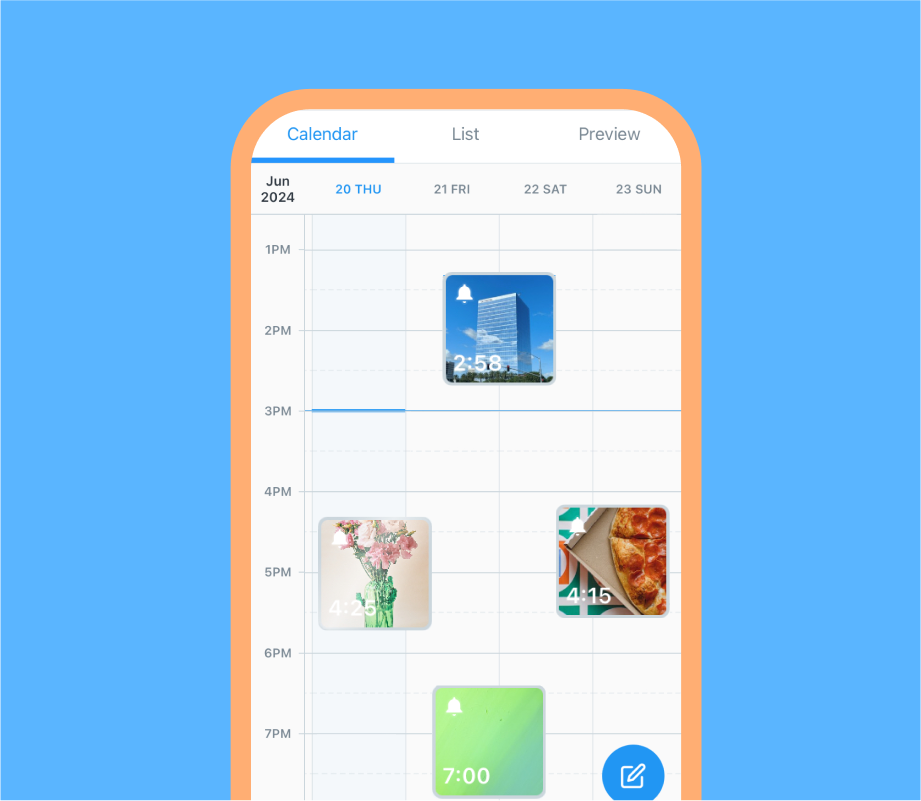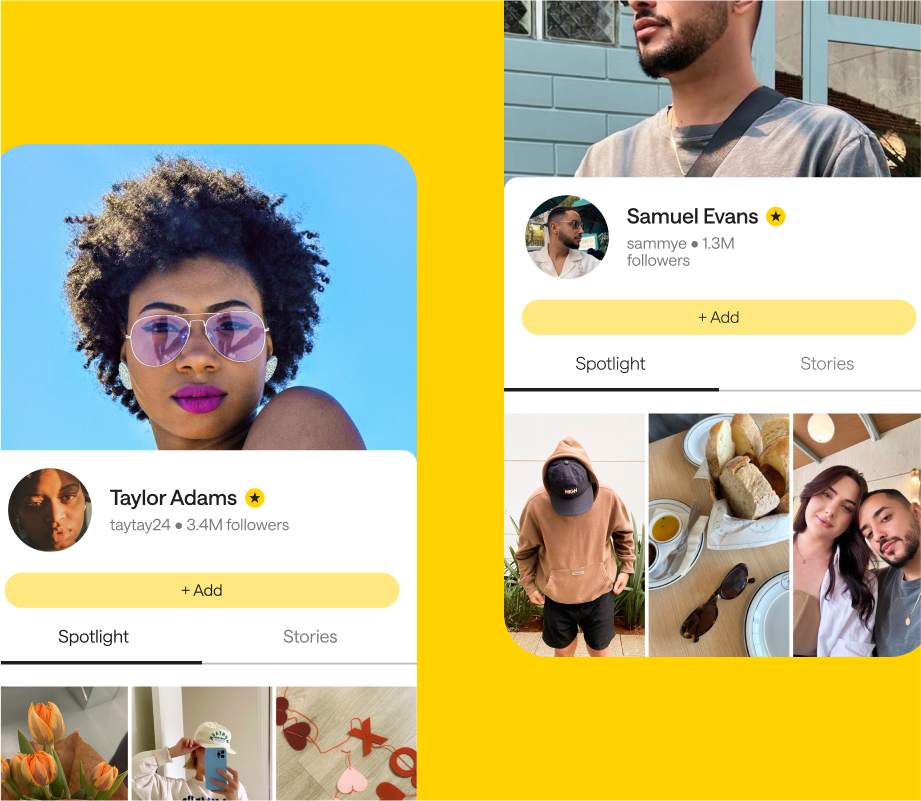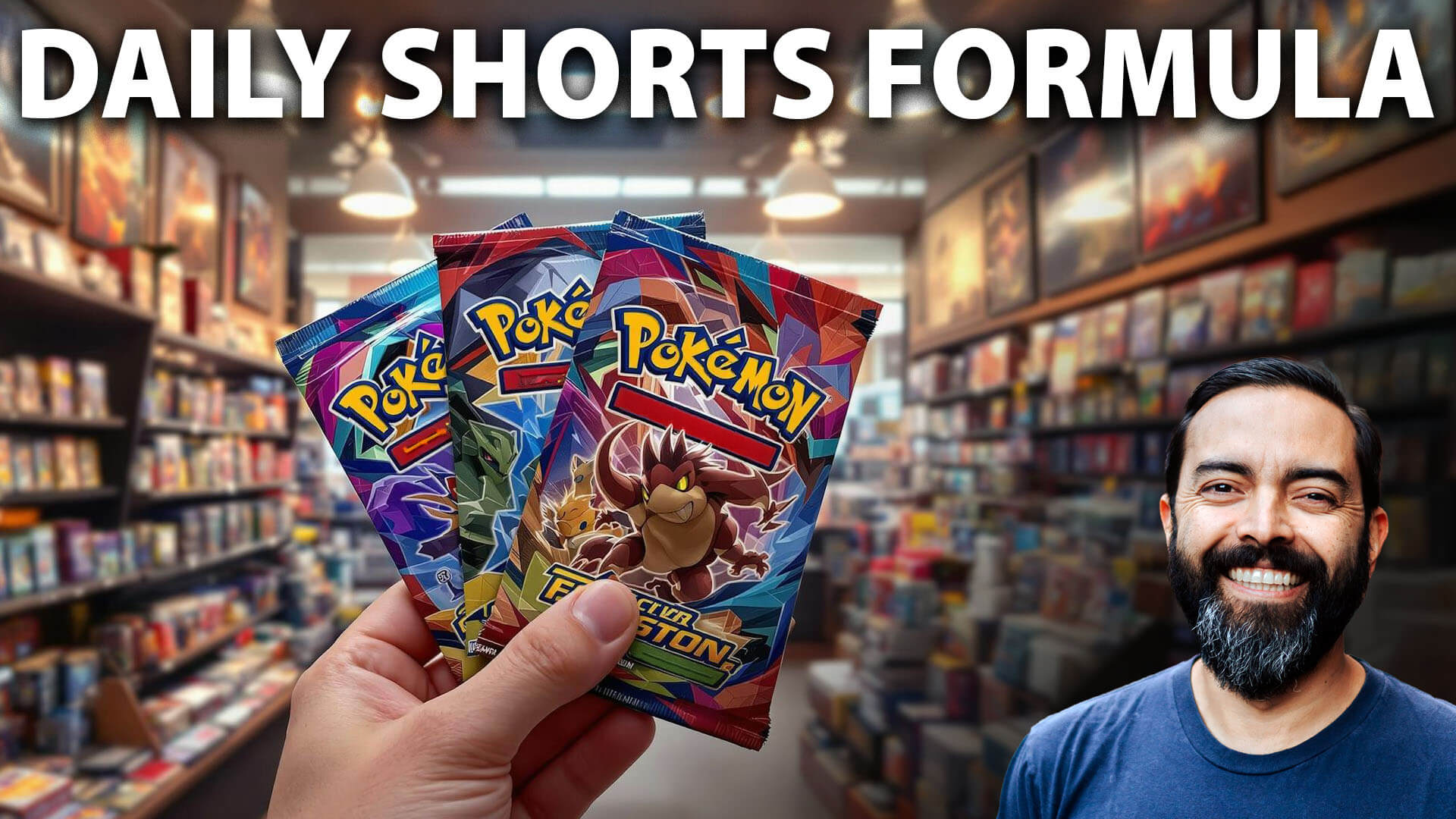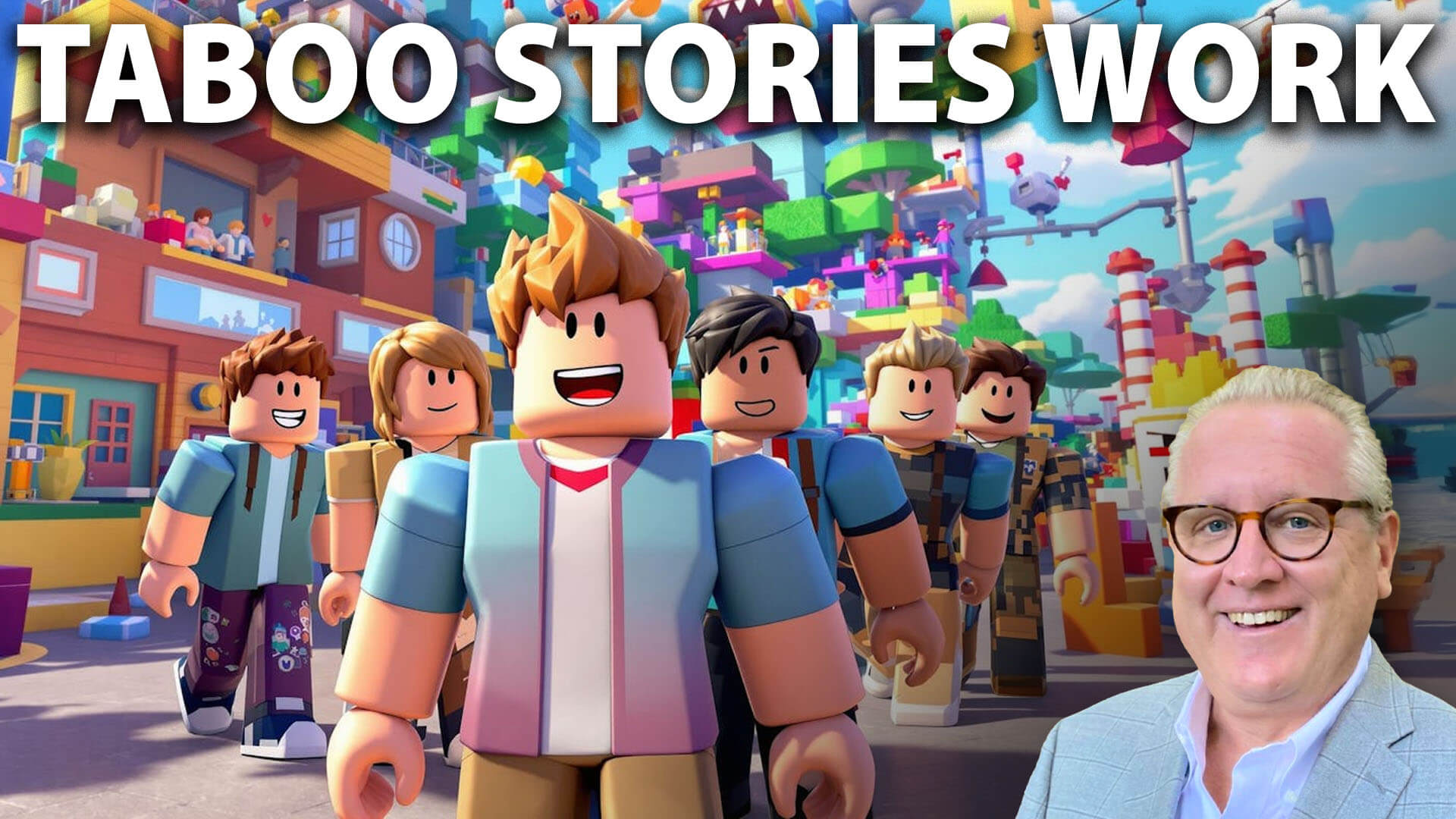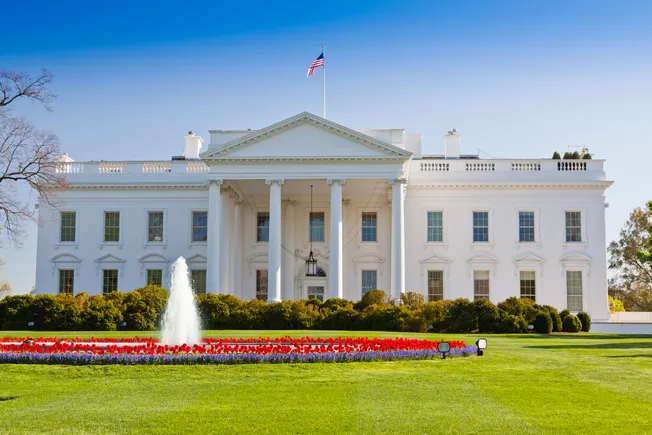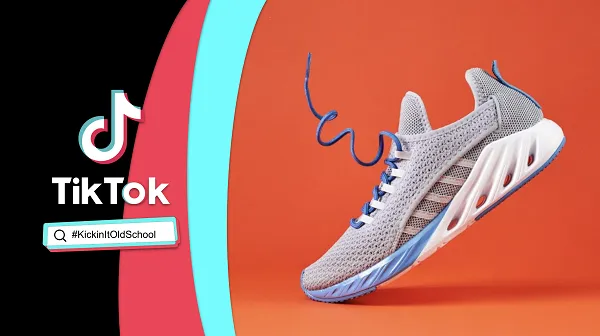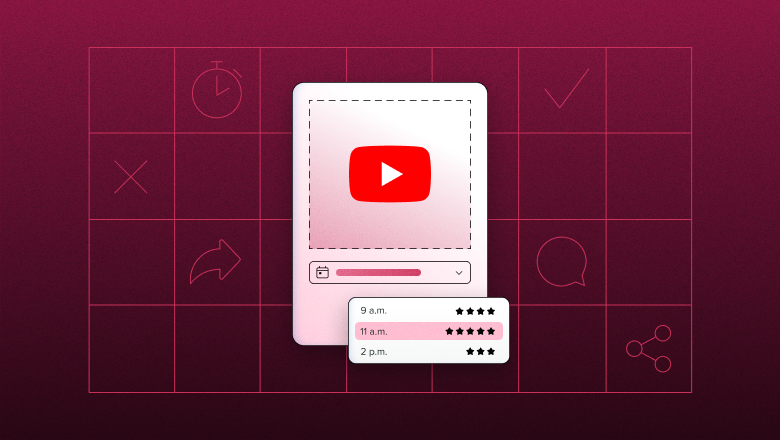Hilton’s SVP, Daniel Reynolds, on the art of brand storytelling
Reynolds breaks down how Hilton’s storytelling isn’t just about content — it’s about building real connections. Here’s how they do it. The post Hilton’s SVP, Daniel Reynolds, on the art of brand storytelling appeared first on Social Media Marketing & Management Dashboard.

Think of a memorable marketing campaign. Got it? Odds are, that campaign tells a great story — whether it’s a tearjerker Super Bowl ad, a hilarious viral video, or an innovative social media collab. The best marketing campaigns have a narrative that makes you feel something. And effective brand storytelling is the secret to success on social media and beyond.
For expert advice, we chatted with Daniel Reynolds, Senior Vice President of Global Content, Media, and Partnerships at Hilton. Before checking in to the hospitality industry (pun very much intended), Reynolds worked for other global brands, including Disney and Toyota. And for every brand he’s worked with, storytelling has been an important marketing strategy.
“How to extend the story of a brand in new and different formats has always been a key throughline,” he shares. Hilton’s storytelling is authentic and inspiring: think photos and videos taken by real hotel guests, horror stories from the competition, and partnerships with celebrities like (duh) Paris Hilton.
Read on for tried-and-true marketing methods and examples of brand storytelling from Reynolds and his team at Hilton.
What is brand storytelling, and why does it matter?
Brand storytelling uses a narrative to communicate a message. Instead of simple promotion (for example, a billboard saying, Buy This Product!), brand storytelling uses emotion to encourage audiences to engage (like, say, a funny video that illustrates why you should buy this product).
“You aren’t just saying the same thing over and over again, like an advertising format,” Reynolds explains. “You’re recognizing and valuing the relationship that your audiences have with brands.”
In the hospitality industry, competition is fierce, and Reynolds shares that brand storytelling helps Hilton’s content marketing efforts stand apart from the rest. “It’s so important, in today’s world, to break through,” he says. Hilton’s storytelling increases brand awareness, fosters customer loyalty, and even helps engage audiences who aren’t planning to travel.
How Hilton crafts its stories: 5 pillars to success
1. Authenticity, relatability, and emotional connection
Hilton’s marketing team aims to bring a genuine, sincere vibe to their social media content. To do that, Reynolds says it’s important to stay true to the brand’s values. “Our guiding light is about creating a great stay experience,” he says. “That lets us anchor ourselves and really show up in a way that feels authentic.”
This Instagram Reel sharing Hilton bartenders’ favorite drinks and who they craft them for is a great example.
The Reel demonstrates how Hilton’s social marketing caters to different members of its target audience. The “meeting that could have been an email” will ring especially true for guests who are traveling on business.
“We serve a variety of different-sized businesses, from large global corporations down to small- and medium-sized businesses,” says Reynolds. As a result, a portion of social content is devoted to the Hilton for Business travel management and loyalty program.
Another key demographic for Hilton is families; and functionality is essential for families. “One of the things that we heard from families a couple of years ago was when travelling with kids, it’s really difficult to fit in one room,” says Reynolds. “It’s difficult to book a second room and not know if they connect.”
To solve this, Hilton launched a product called Confirmed Connecting Rooms by Hilton, and shared relatable, funny narratives on social media to spread the word.
Luxury-seekers are also prioritized by Hilton’s marketing team — much of the photos and videos splashed across their brands’ social feeds include picturesque panoramas, spreads of delicious-looking food, and very relaxed, happy people.

Source: @hiltonhotels
Reynolds points out that, even for people who aren’t specifically searching for luxury travel, telling the story of a luxury experience is relatable on an aspirational basis: many people are “just dreaming of having that escape moment and what their next day could look like,” he says.
It may sound obvious, but the best way to come across as authentic when brand storytelling is to tell authentic stories. Hilton’s team successfully did this in a video highlighting stories from its efforts to provide room nights for those displaced by the Los Angeles wildfires in early 2025.
Sharing images of donation drives, data on the rooms provided (20,000 room nights for over 7,000 people), and stories from those who stayed in a Hilton hotel builds an uplifting narrative. It connects with audiences on an emotional level.
2. Craft cohesive storytelling through partnerships
Any good story requires compelling characters, and Hilton partners with creators and influencers to help craft its narrative. “We recognize that, for us to create real, meaningful connections with audiences, we need to understand who they are following and what they care about,” says Reynolds.
When researching people to partner with, the Hilton team focuses not just on their target market but also on why their target market travels. “We see an opportunity to connect with the people traveling for the love of a sport, activity, or brand,” Reynolds explains. “There’s a natural capacity for travel around that activity.”
Hilton’s partnership with McLaren Racing’s Lando Norris shows a commitment to a niche globetrotting audience: F1 fans. “F1 fans are growing worldwide at an exponential click, and those fans travel to pursue their love of the sport,” says Reynolds.
This year, Hilton is celebrating its 20-year anniversary of partnering with McLaren, making a collab with a McLaren F1 driver extra timely. “This year presents an opportune time for us to take advantage of this growing fandom by telling a very authentic story of how the McLaren team and the drivers actually stay with us,” Reynolds explains.
Hilton (and Lando Norris) shared photos and videos showing the driver experiencing various Hilton hotels. This capitalizes on an audience already traveling to watch the races and gently suggests a place for them to stay.
“When you’re a McLaren F1 driver, you need to make sure that the sleep experience, the food experience, and the on-property experience is excellent so that your mind is on the track,” says Reynolds, “and if you’re a fan, similarly, you don’t want to be distracted from anything while you’re there to experience your favorite sport.”
And, of course, there’s no better influencer for Hilton to partner with than Paris Hilton herself.
Collabs like the video above show how multifaceted Paris Hilton’s life is and how Hilton’s properties cater to all of those facets.
“Paris Hilton helps us authentically tell the story of how the stay supports her — a global icon, DJ, businesswoman — so that has been a fun one, to be able to tap into her fan base and tell that story,” says Reynolds.
3. Set yourself apart from the competition
Hilton is one of the largest hotel chains in the world, but that doesn’t mean the marketing team can slack off.
“In terms of awareness, the brand is so well-known, and that’s a real gift,” says Reynolds, “but we also know that we have to continue to reach new audiences and also show that we have a lot of new parts of our portfolio that they might not know about.”
Reynolds explains that while many hotel chains share images and videos of the destination more broadly — the city, the beach, et cetera — not many focus on the stay itself. He calls it a “sea of sameness.”
“We know that, for most travelers, the stay can actually make or break a trip,” he says. Videos like the collab with actor Sid Malhotra below spotlight the hotel itself.
Additionally, Hilton’s marketing often points out (in a funny way) why staying in a Hilton hotel is better than staying in a short-term rental. Some of these videos are on the subtle side, like this one:
Then, there are more direct ways of poking fun at the competition, like in this take on the “What’s your favorite horror movie” TikTok trend:

Source: @hilton
Content like this encourages brand loyalty, reaches new customers, and reminds audiences why Hilton stands out from the competition. But, it still comes across as genuine and fun and stays true to the brand’s core values.
4. Create participative storytelling experiences
Another social media strategy Hilton uses is capitalizing on user-generated content and encouraging the participation of guests and followers. Reynolds says the key to this is understanding “what our customers, or people more broadly, are doing on the platform, and then embracing it.”
On Instagram, for example, Hilton shares many photos and videos created by real-world users. For example, there’s this cute Instagram post from a family’s visit to Hilton Bali Resort.
When brands like Hilton share posts like the above (otherwise known as user-generated content), it helps to build a more authentic story.
There’s plenty of value in regular, marketing-focused feed posts and collab posts from influencers, of course, but sharing photos that guests have taken adds another layer of genuine experience to the content.
User-generated content typically isn’t as polished as the photos and videos the marketing team produces, but that’s part of its beauty.
The more customer stories a brand shares, the more users will be inspired to create it (after all, getting your photo reposted to an account with over 435K followers is pretty cool).
Hilton allows audiences to shape the brand’s narrative through a social engagement strategy, backed by the “Hilton. For the Stay” platform and “It Matters Where You Stay” campaign.
Using this strategy, the team monitors social media and other outlets and finds people who have had nightmare travel experiences in short-term rentals or at other hotels. Then, they reach out, offering to move the person to a Hilton hotel, send them some swag, or otherwise support them.
This Instagram story highlight shows the campaign’s impact and how meaningful interactions with an audience can further enhance a brand’s story.

Source: @hilton
5. Bring audiences behind the scenes for a transformative experience
“There’s a lot of work that goes into creating a great Hilton stay, and that comes through in the on-property experience,” says Reynolds, “but telling the story of all the work that has gone into that is actually quite an interesting thing for a lot of our fans.”
Hilton’s social accounts share several types of behind-the-scenes content that furthers the brand’s transparency, relatability, and trustworthiness. For example, for the aforementioned collaboration with McLaren F1 driver Lando Norris, Hilton posted a 13-minute long YouTube video sharing candid clips from the campaign.
“It showed a ‘day in the life’ of Lando Norris, but what it really showed was that there’s a tremendous amount of care that goes into the stay experience for him and making sure he can perform his best,” Reynolds explains.
Hilton also uses behind-the-scenes content to share stories from employees. For example, in this Instagram post, a team member who has been with Hilton for 18 years handwrites custom notes for guests.
Behind-the-scenes content helps to humanize the brand, trigger an emotional response, and create a more well-rounded, authentic story.
A peek behind the curtain has an exclusive, honest vibe that’s often missing from meticulously curated Instagram feeds, and that helps a brand stand out, too.
Crafting your own brand’s story: 4 tips from Daniel Reynolds
1. Know your community
To tell a compelling story, you should have a good idea of exactly who you’re telling the story to. The digital marketing team at Hilton focuses their brand’s mission on who their guests are.
“It’s all about deeply understanding them, their needs, and their expectations when it comes to a hospitality experience,” says Reynolds.
Need help defining your target audience? Aim here.
2. Listen before you act
This blog post might inspire you to start creating storytelling content right away, but keep this in mind: “It starts with listening more than doing,” says Reynolds.
“Really understanding what our customers care about, what they’re talking about, and what they want is such a great and strong starting point.”
Social listening is the best (and most wallet-friendly) way to do this. For small businesses and emerging entrepreneurs, that’s key. “It doesn’t necessarily require a ton of investment,” Reynolds points out.
For example, Hootsuite offers AI social listening tools powered by Talkwalker, including quick search ability and sentiment analysis.
3. Consider the fan experience
Hilton’s partnerships tap into brands, experiences, and people who already have a committed following or fandom.
By collaborating with influential people (like Tommy Paul and Paris Hilton) and businesses (like Calm and Peloton), Hilton exposes itself to new, engaged audiences — audiences that require services that align with the brand’s purpose.
“When we tap into the fan experience, we can tell the unique story of how our stay actually enables that fandom to come through most authentically,” says Reynolds.
4. Walk the talk
Finally, it’s important to make sure that the brand story you tell is true. For example, the wildfire relief video mentioned earlier was possible because Hilton supported people affected by the wildfires.
Brand storytelling should be an accurate reflection of who you are and what you do. So, make sure there’s a good story to tell. “We have an authentic reason to engage in conversation, tell a story, and create an impact,” Reynolds says.
Key takeaways
- Successful brand storytelling allows businesses and creators to connect with their audience on a deeper level.
- Brand storytelling can set you apart from your competitors in a creative, meaningful way.
- Social listening can help you determine who your audience is and what kind of brand stories to tell.
- Lean into the “fan experience ” by collaborating with creators, influencers, and other brands with passionate followings and fandoms.
- Participatory content can engage audiences and tell a compelling brand story.
- Sharing behind-the-scenes content gives followers a fresh, exciting perspective and builds trust.
- Compelling storytelling puts authenticity first by staying true to brand identity and customer values.
Save time managing your social media presence with Hootsuite. Publish and schedule posts, find relevant conversions, engage your audience, measure results, and more — all from one dashboard. Try it free today.
The post Hilton’s SVP, Daniel Reynolds, on the art of brand storytelling appeared first on Social Media Marketing & Management Dashboard.



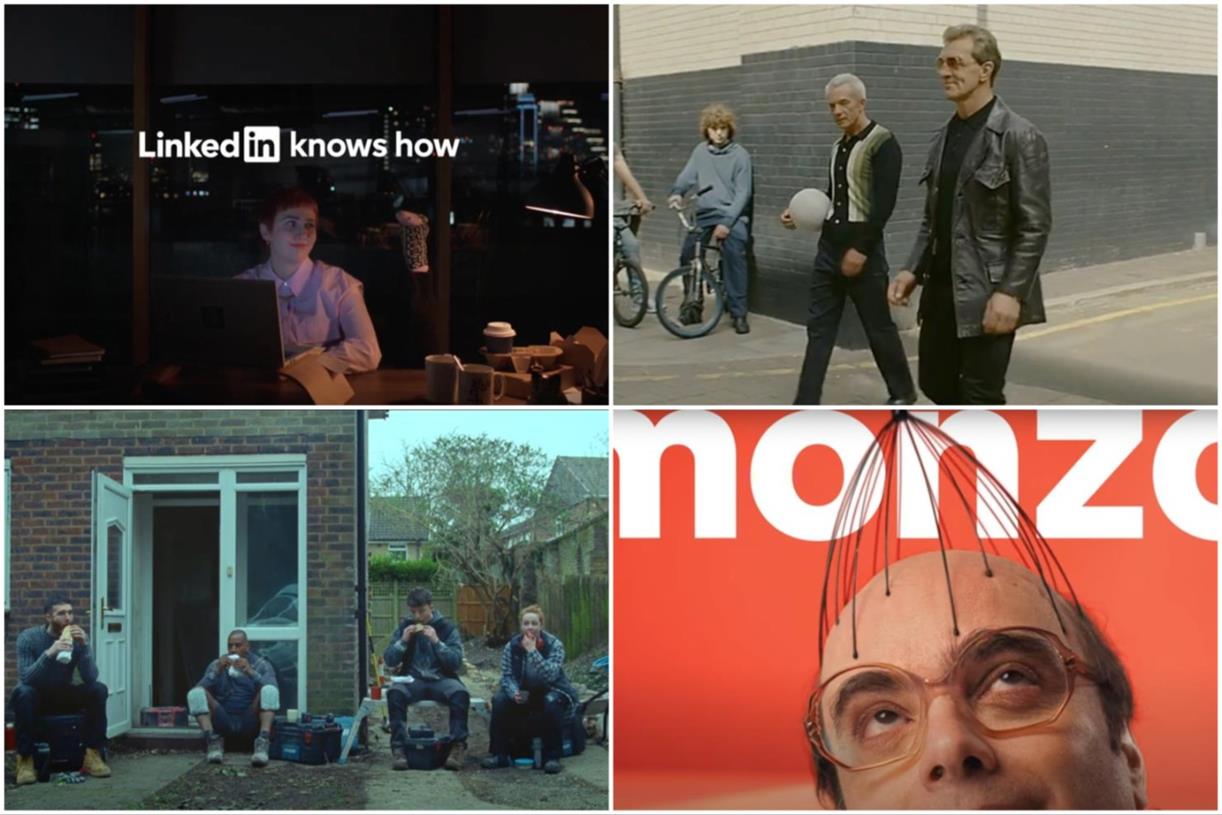








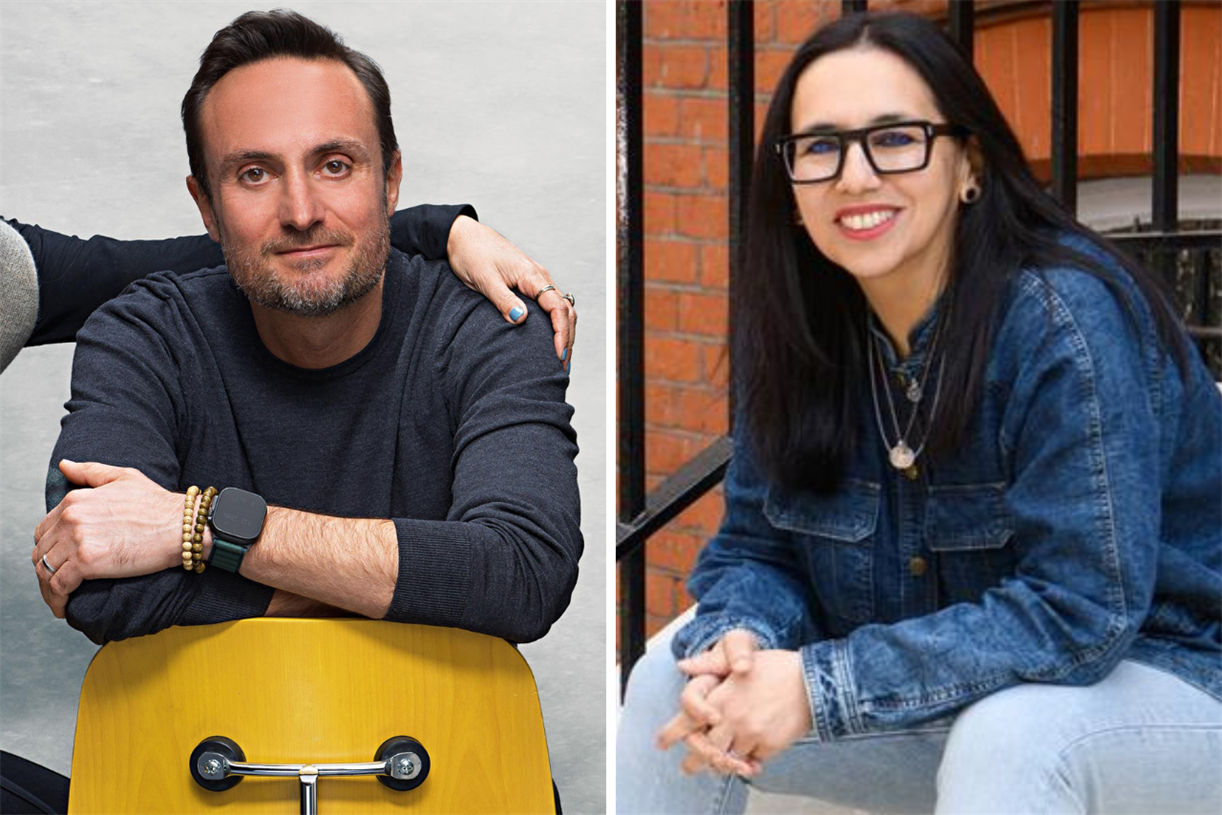
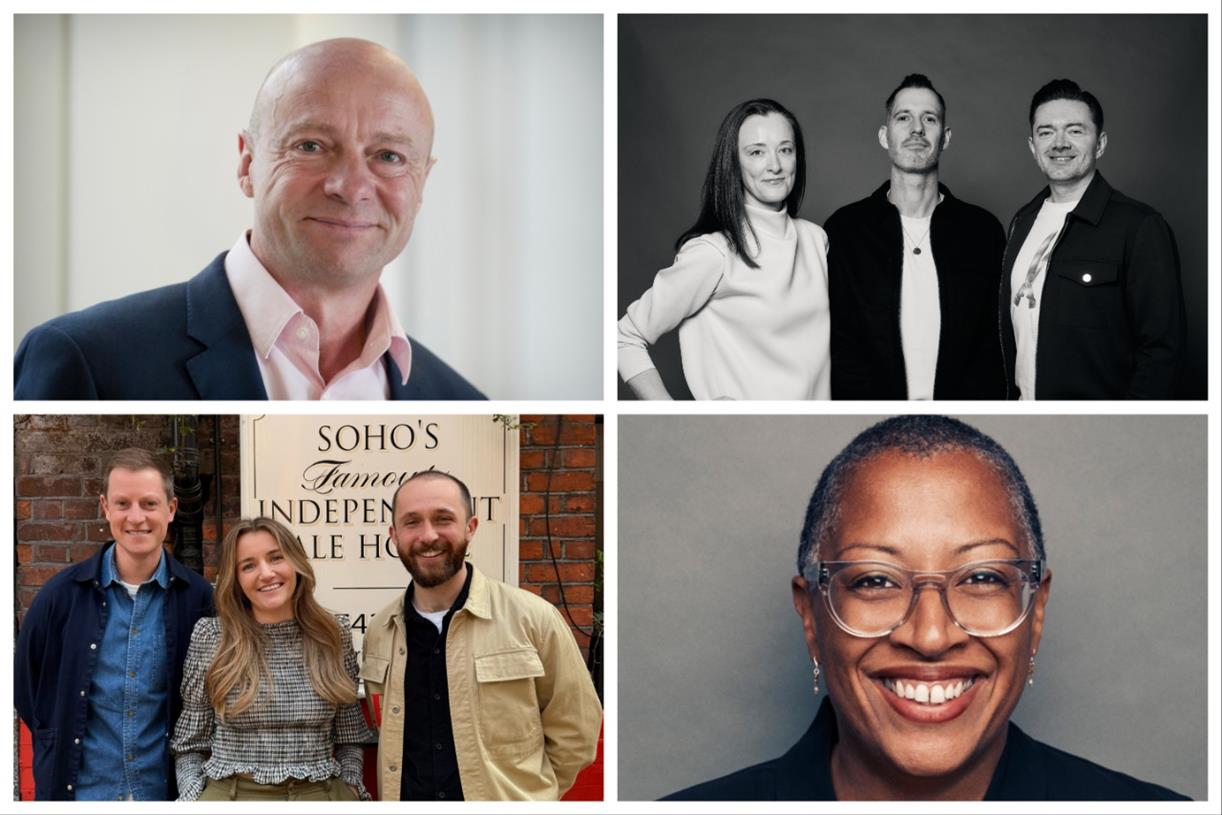








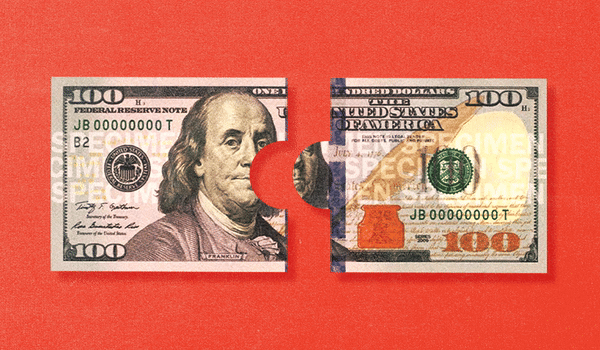
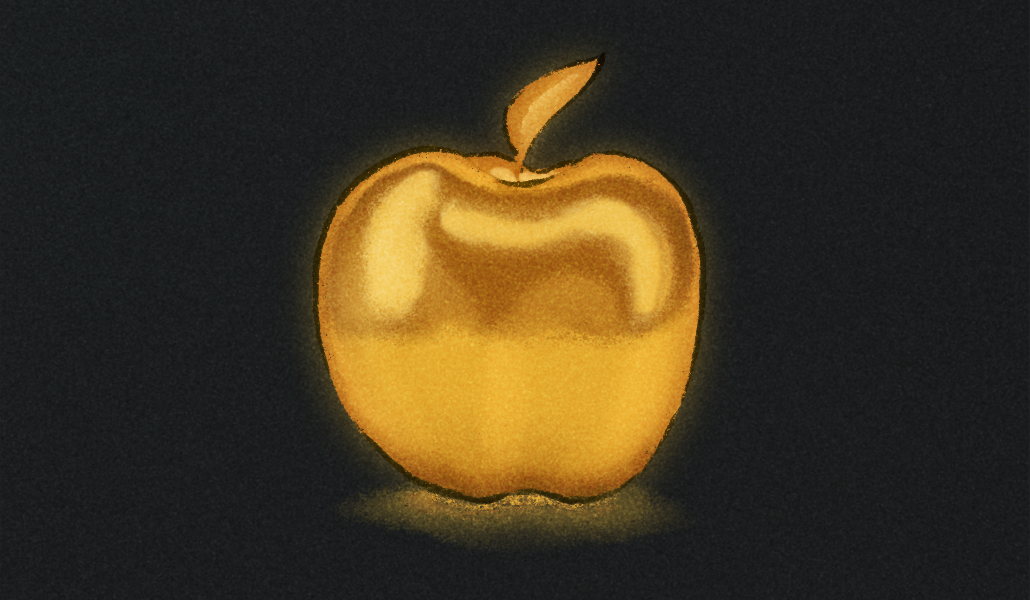





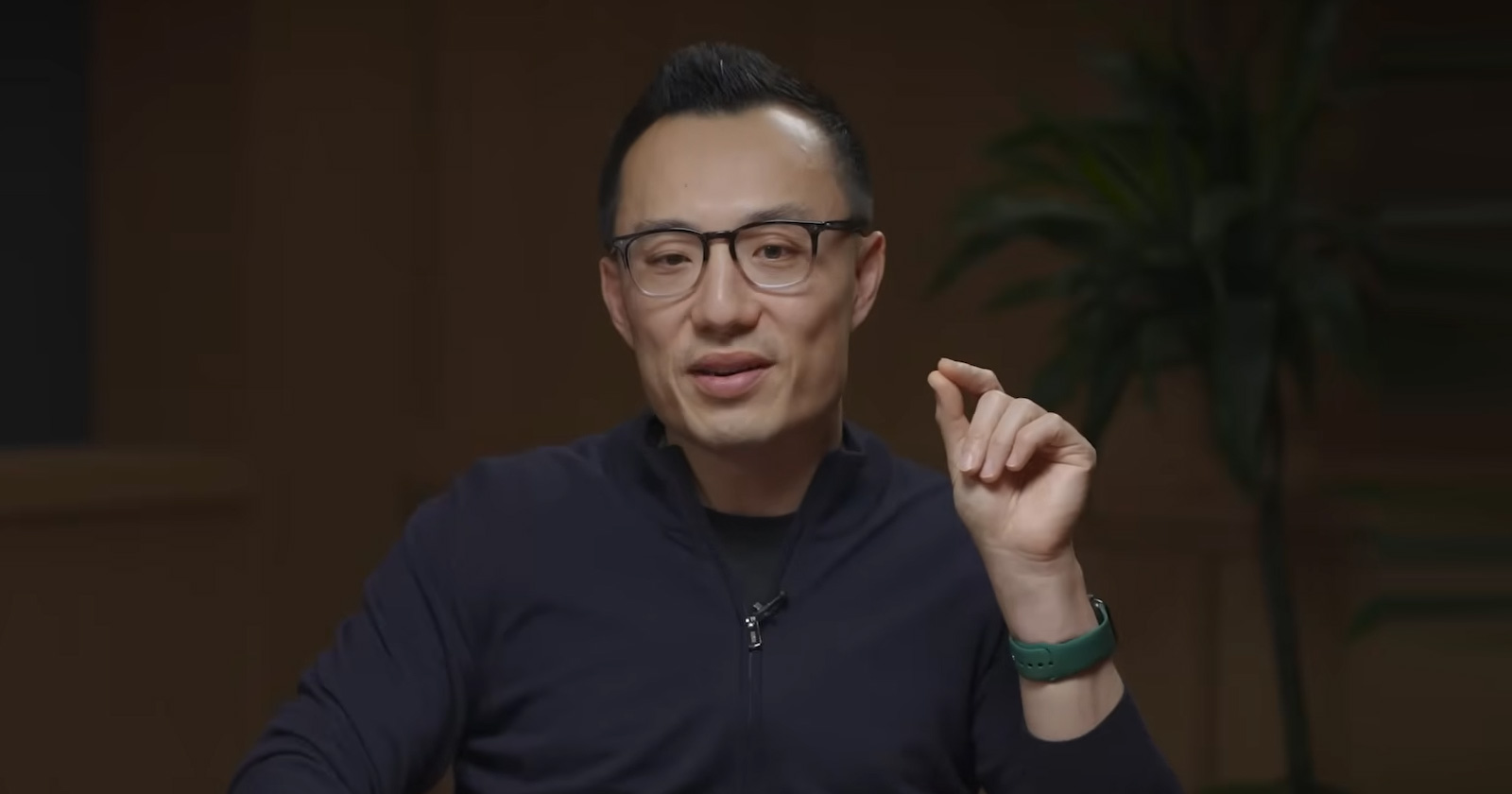

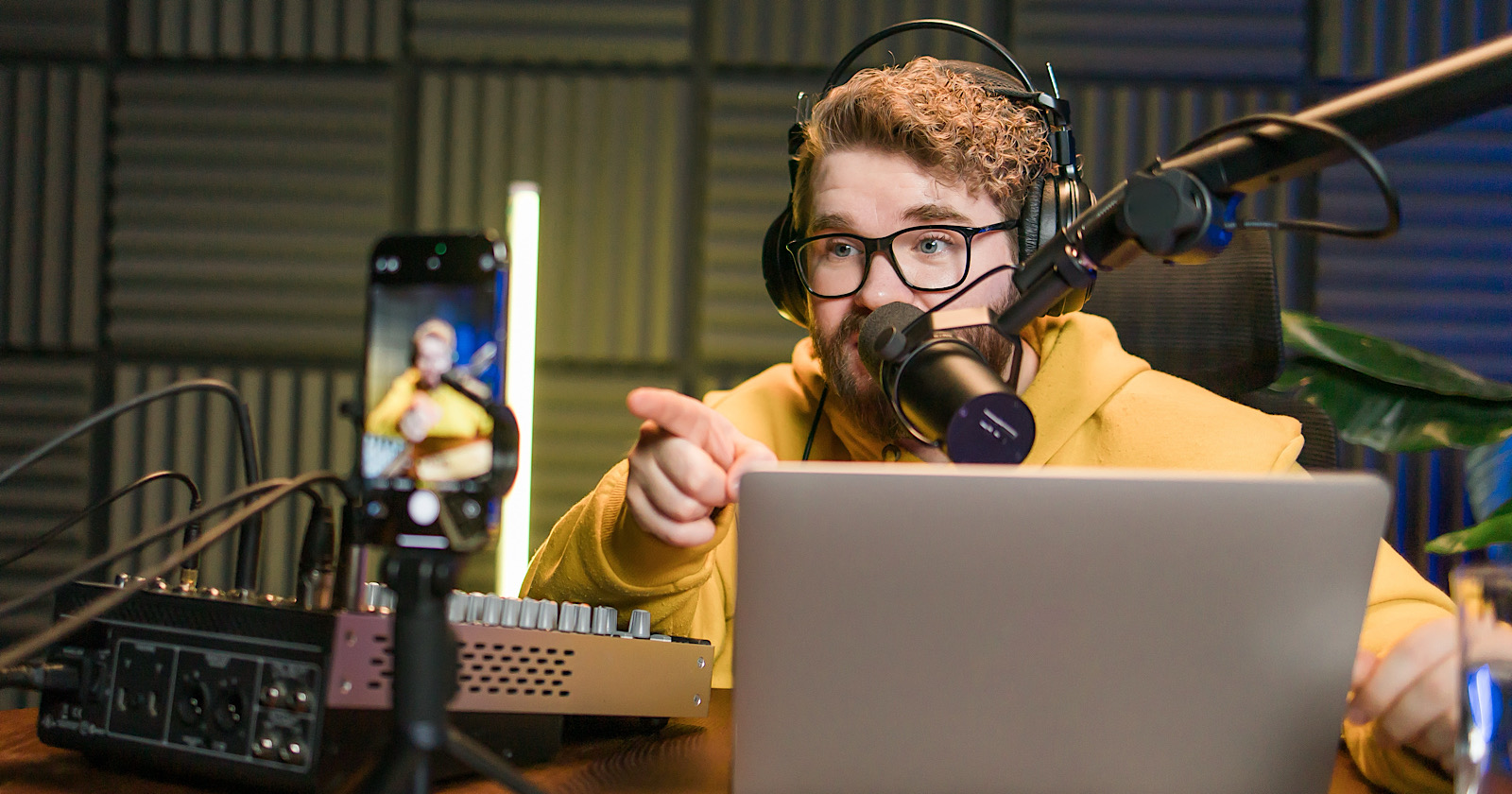


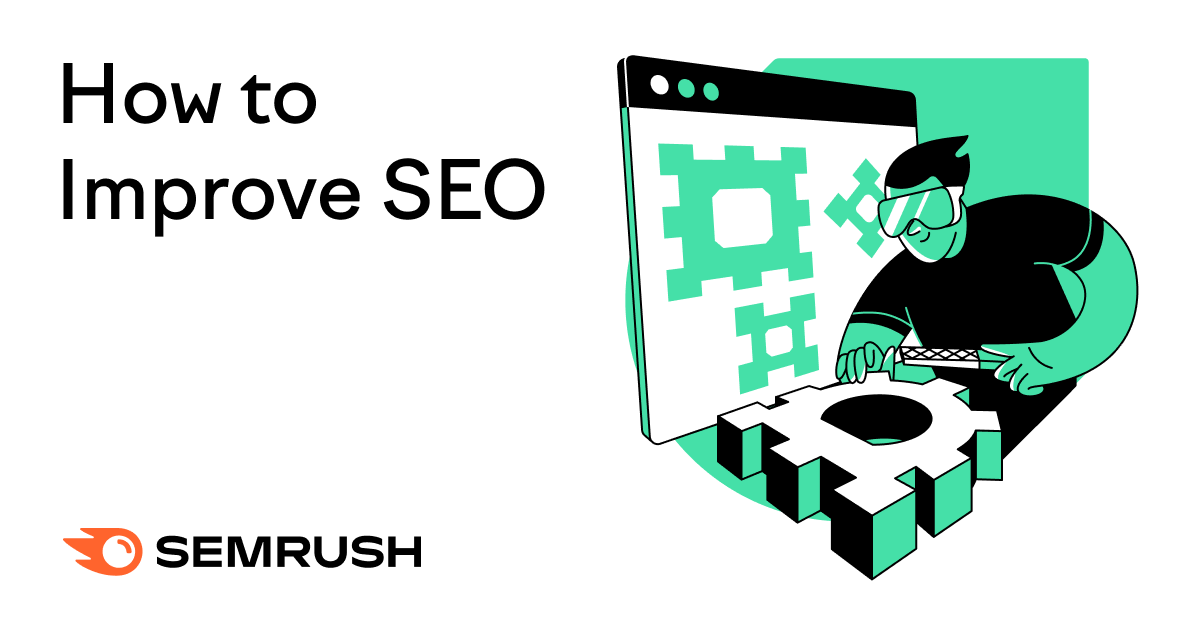

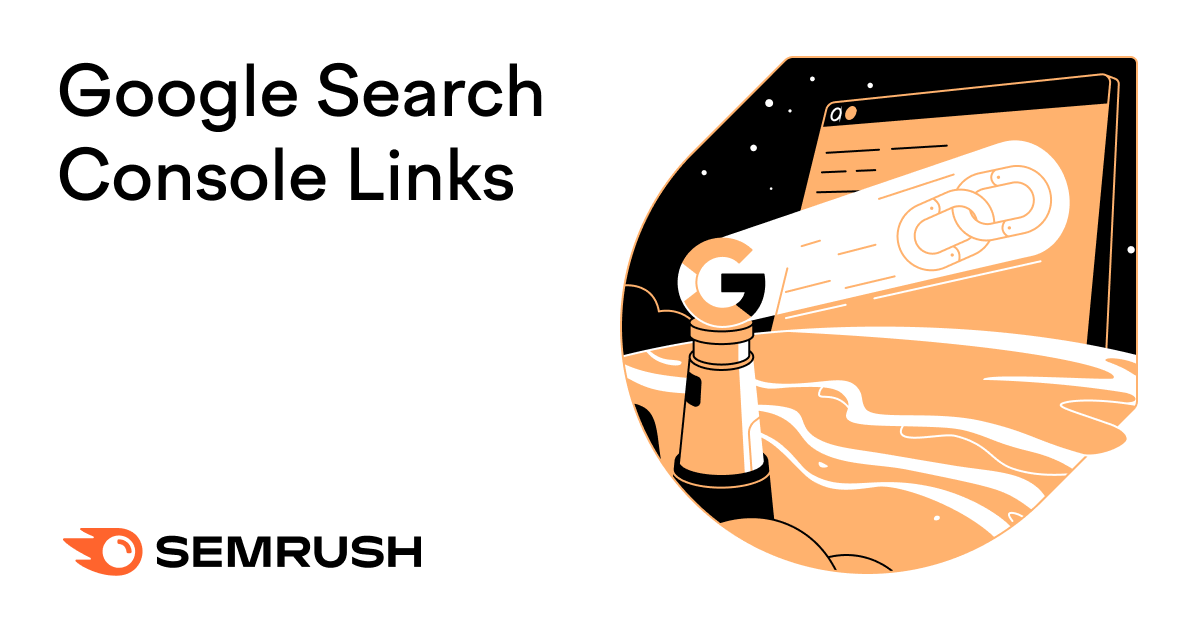
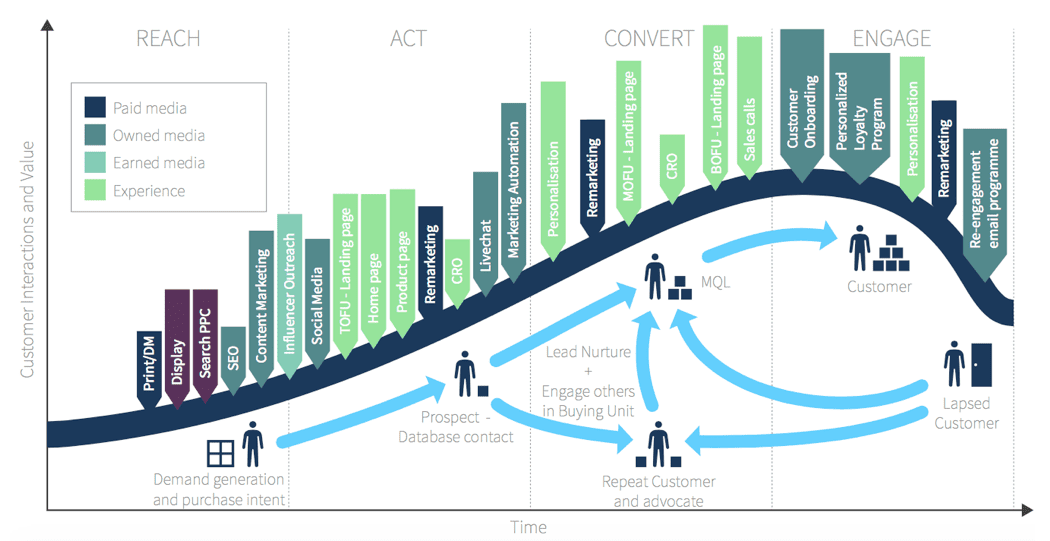
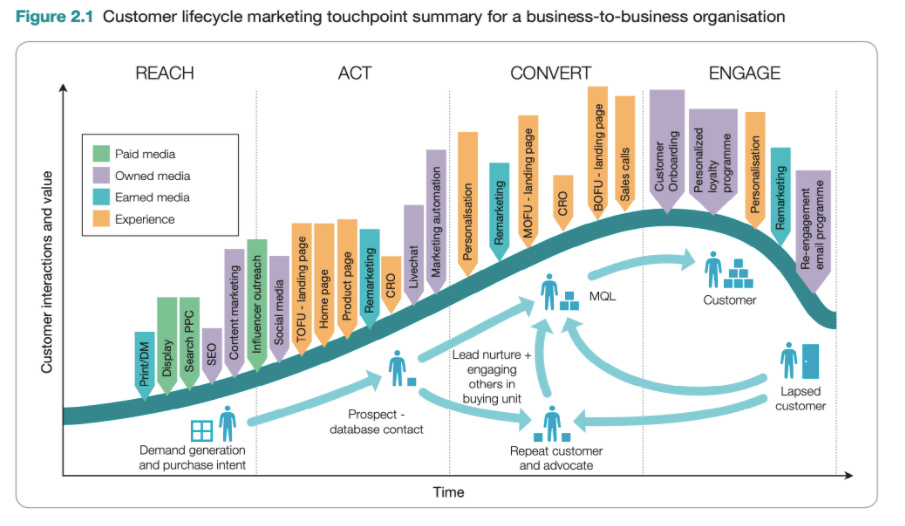
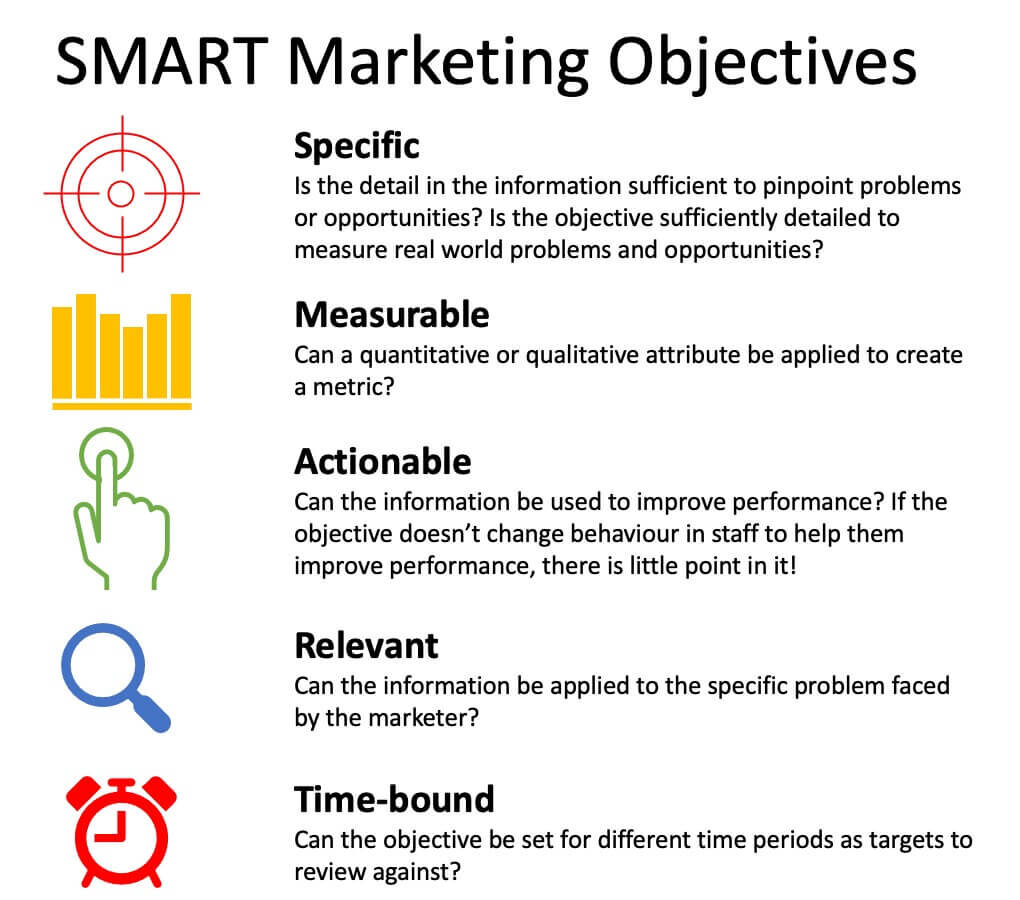
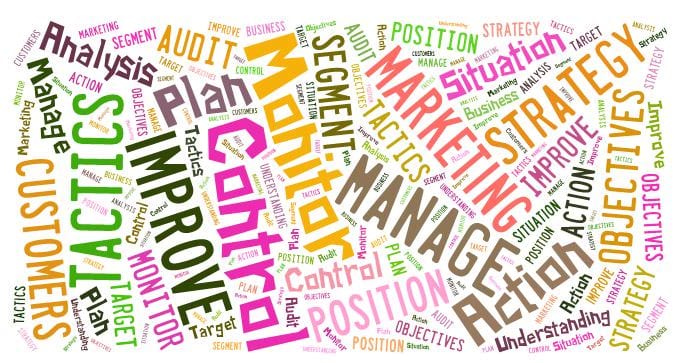





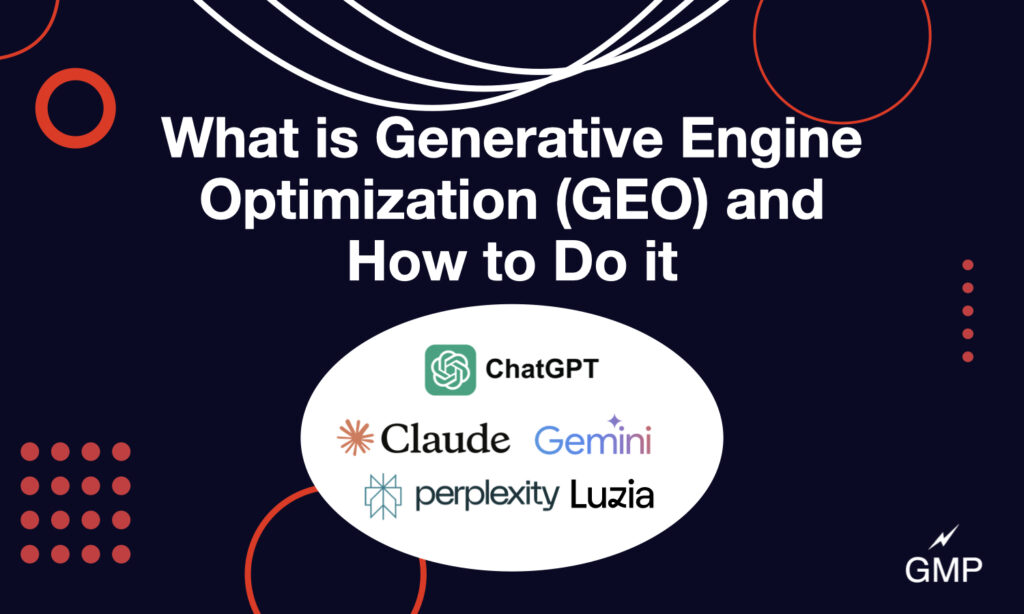


![How Marketers Are Using AI for Writing [Survey]](https://www.growandconvert.com/wp-content/uploads/2025/03/ai-for-writing-1024x682.jpg)





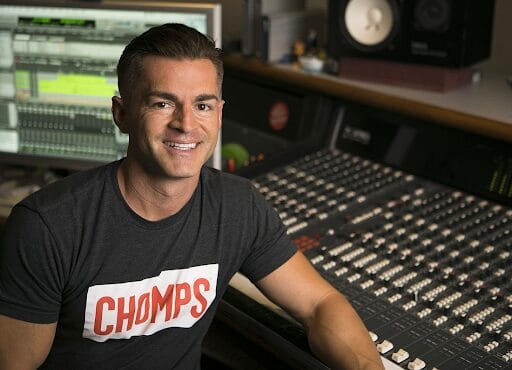


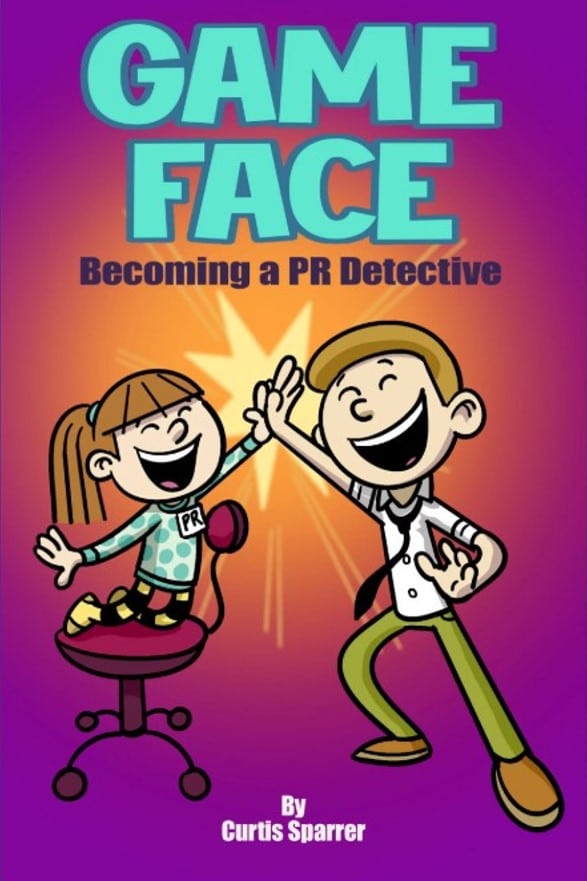







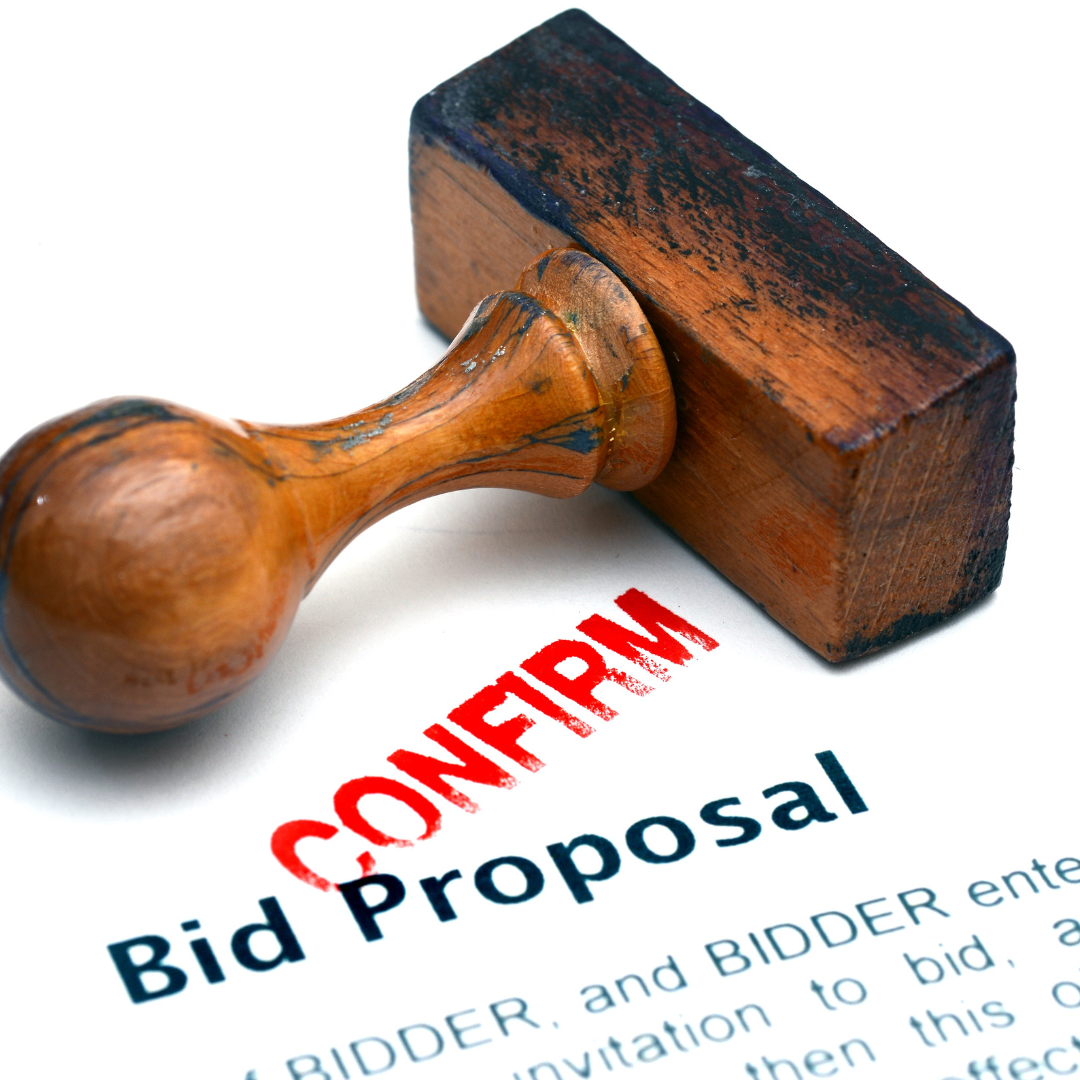
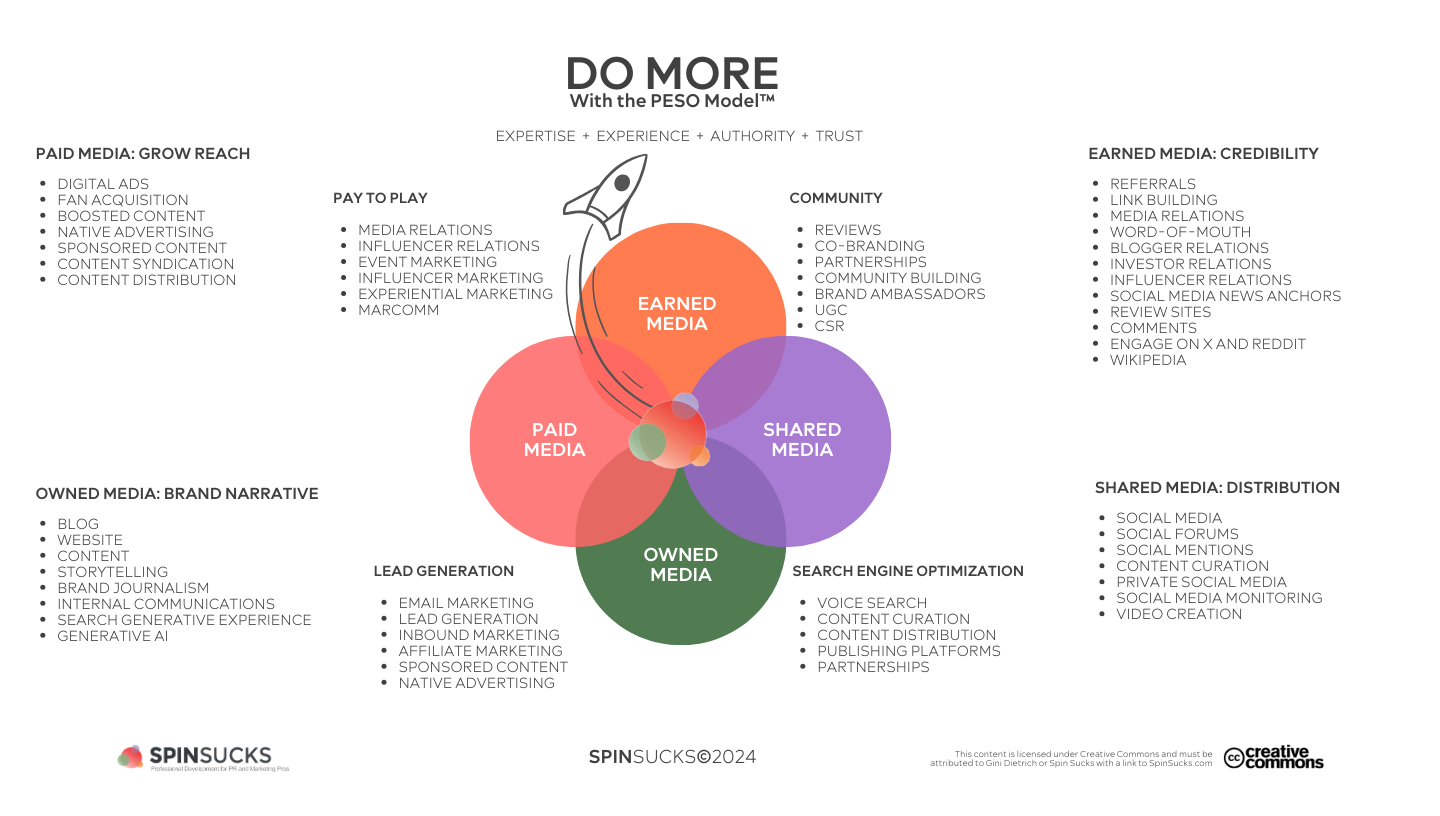



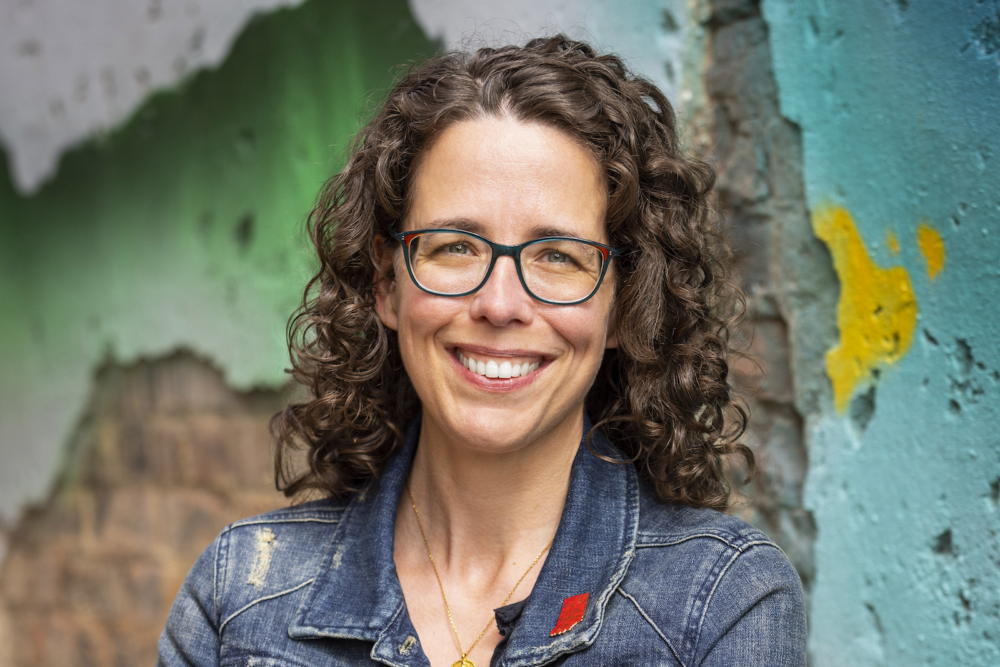














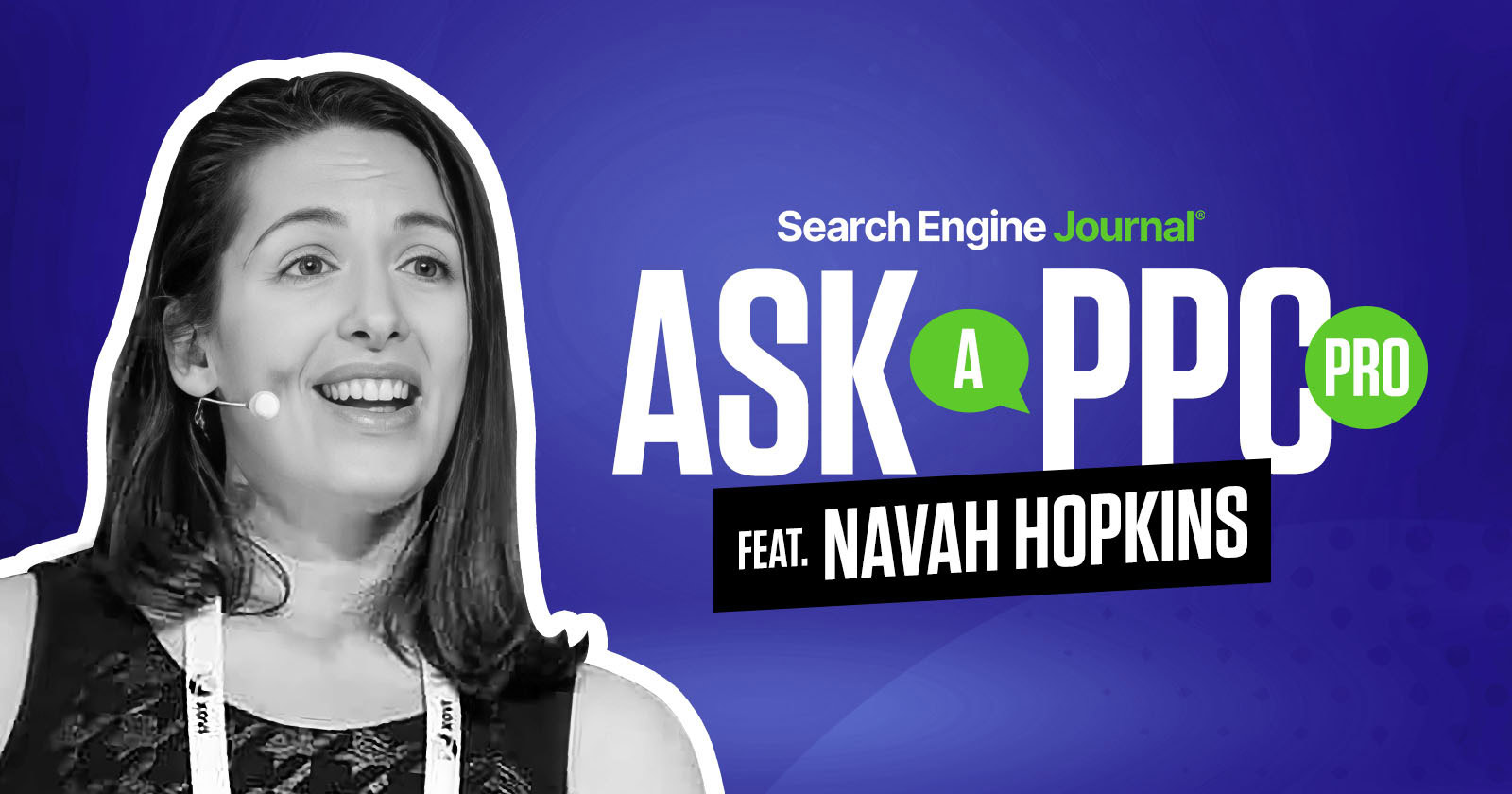
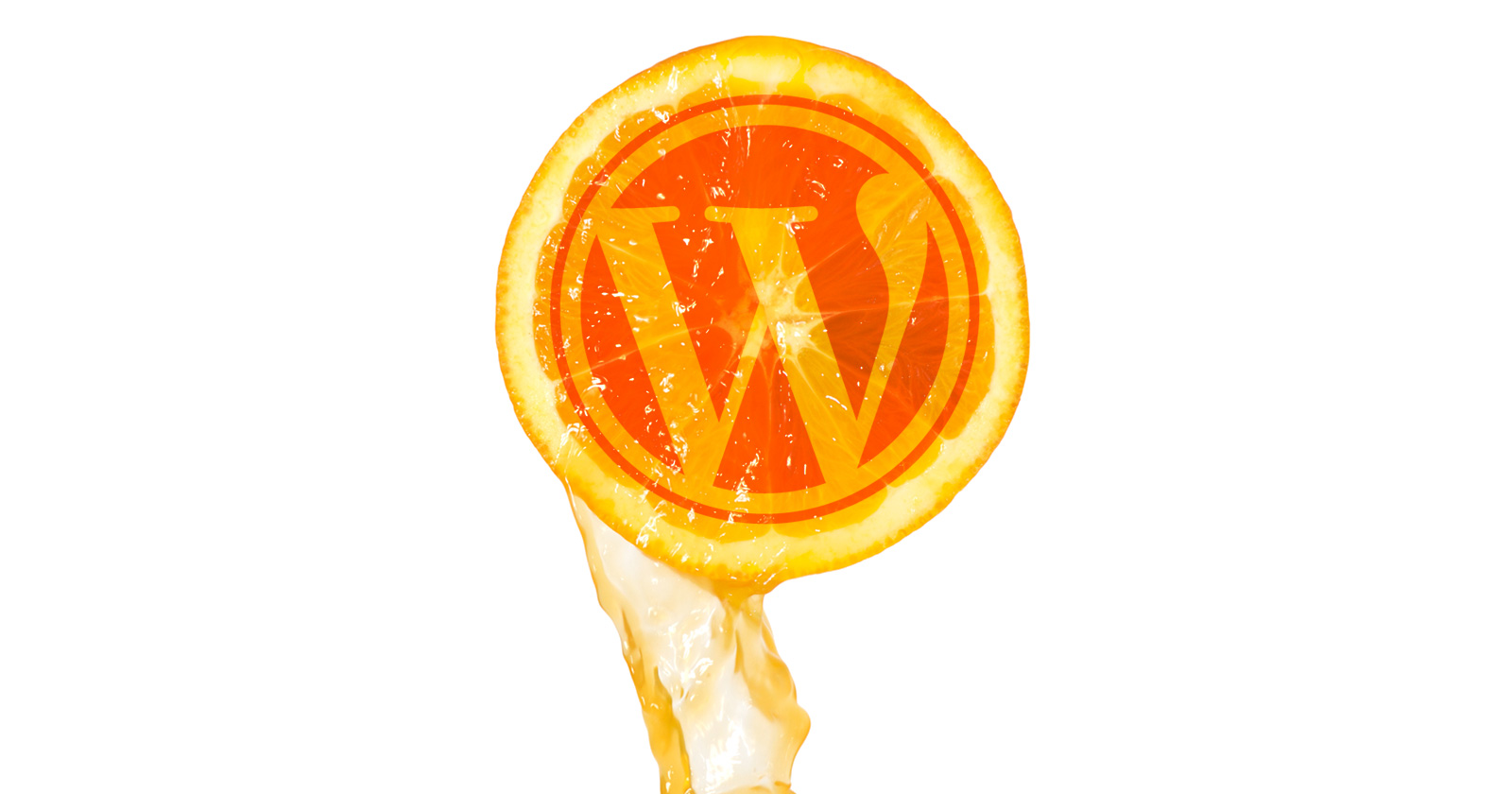








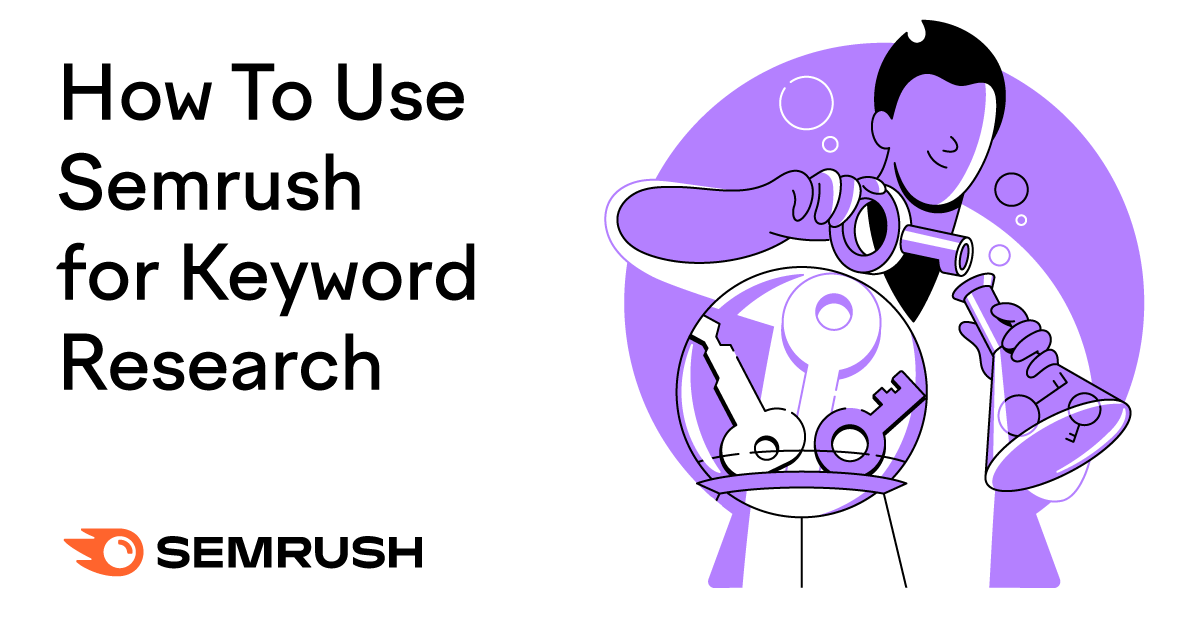



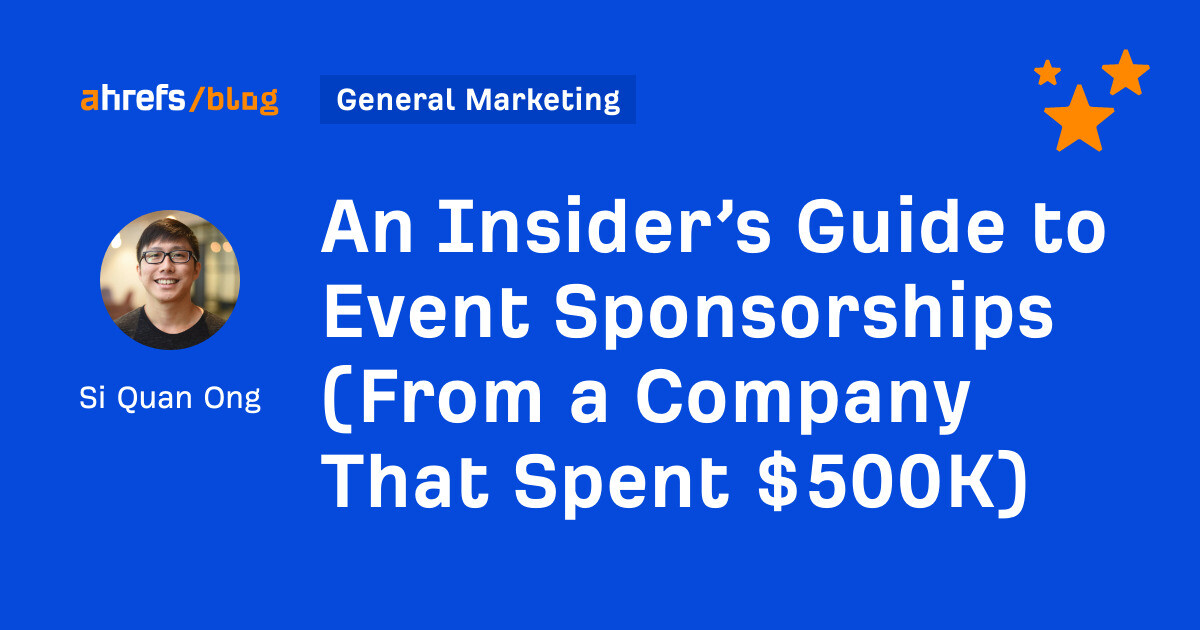
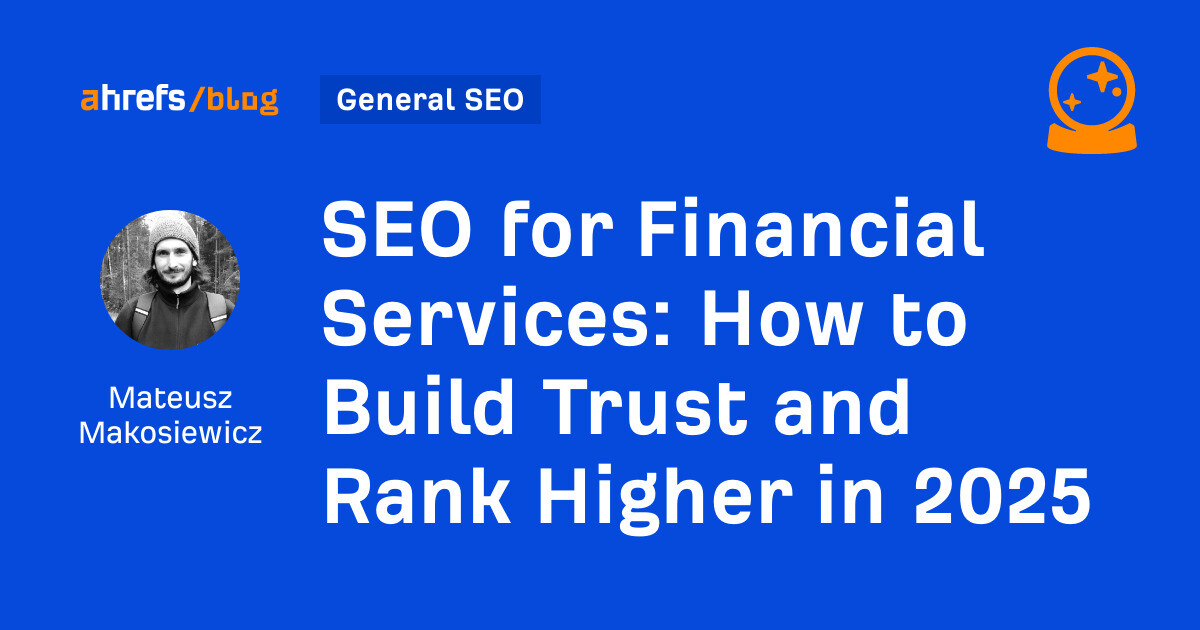
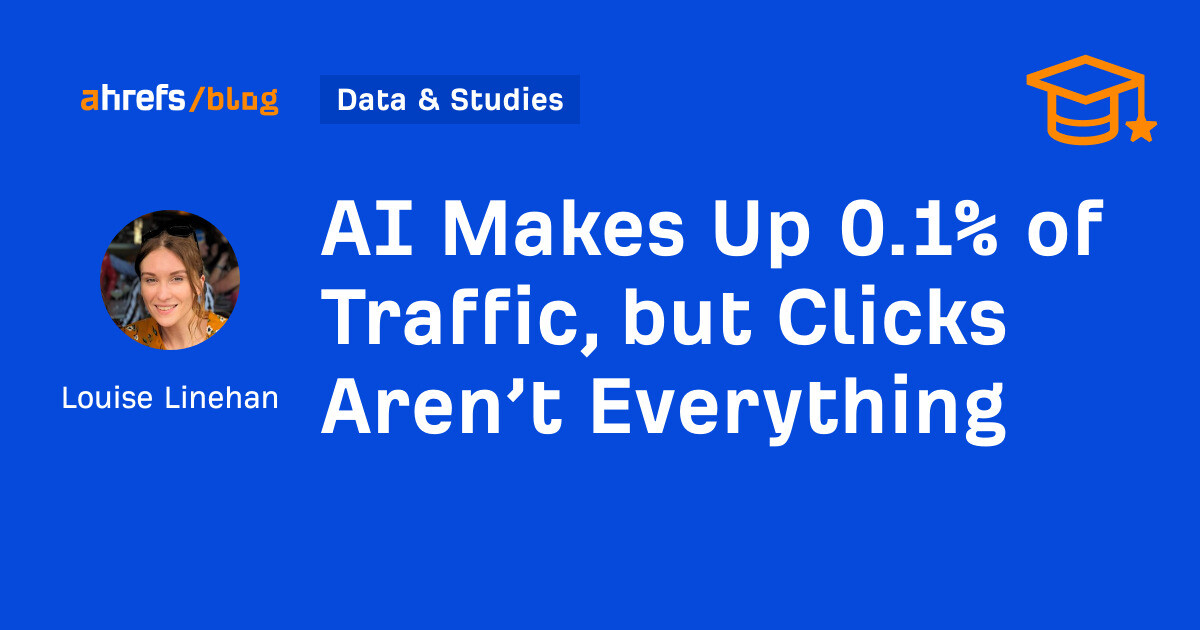
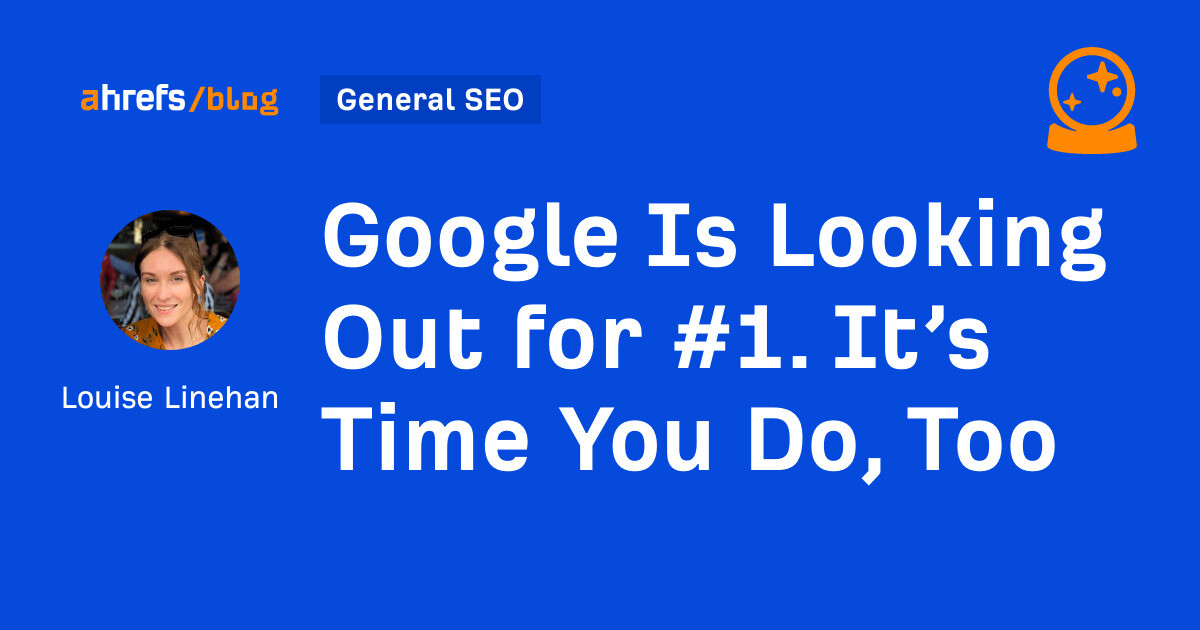
![Meta Outlines Open Source Contributions In 2024 [Infographic]](https://imgproxy.divecdn.com/YOYEhTrhLX1rsEjXqZJNhFf8sC0vMoNHeK_qbzpVVKY/g:ce/rs:fit:770:435/Z3M6Ly9kaXZlc2l0ZS1zdG9yYWdlL2RpdmVpbWFnZS9tZXRhX29wZW5fc291cmNlX2luZm8yLnBuZw==.webp)


![How to Do Market Research & Better Understand Your Target Customers [Template]](https://www.hubspot.com/hubfs/market-research-buyers-journey_5.webp)

